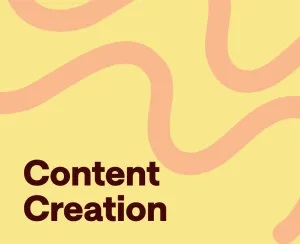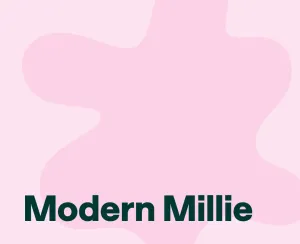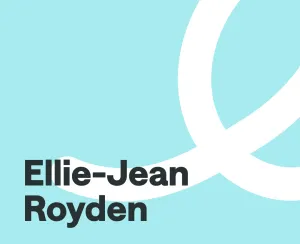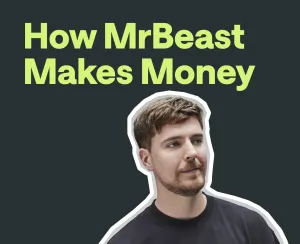If you’ve seen everyone on the internet trying their luck with UGC content and feel like you’re falling behind, we feel you.
UGC content really is pretty popular nowadays, so if you want to integrate it into your existing content creation flow, we’re here to help you figure it out.
Here’s how to become a UGC creator and a couple of tips that can come in handy.
What is UGC content?
Let’s start with the basics. UGC content, or user-generated content, is exactly what it sounds like: content created by real people, not businesses. It could be a TikTok of someone trying out a new recipe, an Instagram story showing off a new pair of sneakers, or even a glowing review on a website.
What makes it special? It’s raw, unpolished, and personal. There’s no big-budget studio production or overly scripted message, just real people sharing their real experiences. Even though it might not be entirely honest, since it’s ultimately promotional, the style of the video still feels genuine.
And that’s why it works so well. It feels real, because it’s relatable.
How to Build Your Social Media Presence
Becoming a UGC creator is relatively easy if you give it enough time and patience. In this guide, we’ll walk you through the steps to help you become a successful UGC creator and build your brand.
1) Choose your niche
To stand out as a UGC creator, focusing on a niche is key. You want to create content that aligns with your interests and also appeals to a particular audience. Whether it’s beauty products, tech gadgets, fitness, food, or fashion, pick an area that excites you and fits your personal style. Not only does this help you stay motivated, but it also builds your credibility within that niche.
Ask yourself:
– What do I enjoy talking about the most?
– What products do I genuinely use and believe in?
– Which brands or industries do I feel passionate about?
These questions will help narrow down your focus and set the foundation for your content.
2) Start creating authentic content
Once you've chosen your niche, it's time to start creating authentic content. As a UGC creator, your main goal is to create content that feels real and relatable. Audiences are drawn to content that is not overly polished or scripted. Instead, they want to see the true experience of a product, service, or brand from someone they trust.
Another thing to keep in mind is that when creating content, it’s important to focus on being honest. Don’t overthink it—share your thoughts and experiences in a way that feels comfortable and genuine to you. Whether it’s a product review, an unboxing video, or a tutorial, the key is to show your audience your genuine perspective. The more real and relatable your content is, the more likely it is to engage your followers.
Over time, your authenticity will build trust with your audience, and they’ll come to see you as a reliable source of information.
3) Set up your social media presence
Having an active presence on social media platforms like Instagram, TikTok, or YouTube is essential for any UGC creator. These platforms not only help you showcase your content but also provide you with a way to engage with potential collaborators, followers, and brands.
Here’s how you can get started:
- Pick platforms wisely: If you're into quick, engaging videos, start with TikTok. If you're more into photography and detailed captions, Instagram is a great choice.
- Create a consistent brand image: Your profile should reflect who you are. Use a cohesive theme in terms of colors, style, and tone across all your posts to make it instantly recognizable.
- Engage with your audience: Respond to comments and messages, and engage with your community. Building relationships is key to growing your presence.
4) Build your portfolio
When you're just starting, you may not have a large audience yet, but you can still begin to build a portfolio that showcases your work. A portfolio could be a mix of content you’ve created on your own or in collaboration with brands.
Here’s how to start building it:
- Post regularly: Share your best work, even if it’s not linked to a brand partnership. This will give potential clients a taste of your creativity.
- Include a variety: Show your versatility by mixing content types, such as product reviews, tutorials, lifestyle shots, and user feedback.
- Highlight your engagement: Focus on how your content resonates with others—look at likes, shares, and comments as a way to measure the impact.
5) Track your progress and optimize
Tracking your progress is crucial to becoming a successful UGC creator. In the digital world, things are constantly changing, and it’s important to see what’s working and what’s not.
Social media platforms often offer analytics tools to help you track how your posts are performing. Pay attention to metrics like engagement rates, the number of shares, and audience growth. These insights can help you understand what your audience likes and guide you in creating content that resonates with them.
Optimizing your content based on feedback and analytics is key to growing your presence. As you gain more experience, you’ll start to understand which types of content are most effective for your audience.
Experiment with different formats and adjust based on what generates the best results. Setting clear goals—whether it’s increasing your followers, engagement, or landing brand partnerships—will keep you focused and motivated.
6) Collaborate with brands
One of the most exciting parts of becoming a UGC creator is the opportunity to collaborate with brands. Once you’ve built your portfolio and established an online presence, start reaching out to brands you admire and see if they’re open to working with you.
Here are some tips:
- Research the brand: Make sure you're a good fit for their image and values. Only promote products you genuinely believe in.
- Send a pitch: Reach out with a brief pitch that outlines who you are, your audience, and why you’d be a great fit to create content for them.
- Offer value: Brands want content that can engage their audience and drive conversions. Highlight how you can achieve these goals with your unique perspective.
7) Engage with your community
Engagement is key to growing as a UGC creator. It's not just about posting content but building relationships with your audience. A simple reply to a comment or a thoughtful reaction to a follower’s message can go a long way. By interacting with your audience regularly, you show them that you're invested in their opinions. This not only boosts engagement but helps you create a community around your content.
Getting your followers involved can be a great way to foster this sense of community. You can ask them questions about their experiences with products you review or even create polls to get feedback. Encouraging your followers to share their own content, such as photos or reviews, related to the products you feature and reposting their content (with permission) creates a sense of collaboration. It also makes your audience feel valued. The more you engage, the more your community will grow and become loyal to your content.
How to Become a UGC Creator Without a Following
What if you’re not really a social media person and don’t have or don’t want to create a huge following to start with? Although many UGC creators do boast significant followings, that doesn’t mean the field is exclusively reserved for them. In fact, some of the most successful UGC creators thrive without a massive online presence. This means that even without a social media presence, you can build your way to becoming a successful UGC creator. Here is the UGC starter kit that we’ve compiled for you!
1) Create a professional portfolio
A strong portfolio is the first thing brands will look at. This collection should reflect your skills, creativity, and range as a content creator.
Start by creating mock content featuring products you already own, such as:
– A quick Instagram Reel demonstrating a product’s benefits.
– A high-quality image with a catchy caption that mirrors ad-style messaging.
– A “day-in-the-life” video using a product in your routine.
Pro Tip: Use free tools like Canva or paid ones like Adobe Express to add a polished, branded feel to your work. Arrange your portfolio neatly on a website or an accessible platform like Google Drive or Behance.
2) Tap into UGC platforms
Platforms dedicated to UGC creators make it easy to connect with brands. They act as middlemen, allowing you to post your portfolio and receive job offers directly from companies.
Popular options:
– Billo.app: Focused on short-form video content.
– AspireIQ: Connects brands and creators across multiple industries.
– Fiverr or Upwork: Great for marketing your services independently.
When setting up your profile:
– Be specific about your niche or expertise (e.g., tech gadgets, beauty products).
– Set reasonable rates but avoid underselling your skills.
3) Pitch directly to brands
Sometimes, you need to take the initiative. Research brands that fit your style and values, then send them a personalized pitch.
Your email should include:
– A short introduction about who you are and your skills.
– A link to your portfolio.
– Ideas for how your content can enhance their campaigns (e.g., showcasing their product in unique or everyday settings).
If you’re unsure where to start, explore LinkedIn or look up brand marketing emails online.
Example pitch:
"Hi [Brand Team], I'm a UGC creator with a knack for crafting relatable, high-quality content that resonates with audiences. Attached is my portfolio with samples highlighting product benefits. I'd love to collaborate and create content that showcases [Brand Product Name]."
4) Collaborate on their terms
Sometimes, brands don’t want you to post on your accounts—they prefer owning the content outright. This is common in UGC and perfect if you don’t have a large social media presence.
If this is a route you'd want to take, make sure you do the following:
- Agree on clear terms: Will they use your content for ads or social media posts?
- Negotiate usage rights: Decide how long they can use your work and for what purpose.
This approach allows you to focus on creating while the brand handles distribution.
5) Keep the partnership alive
Once you’ve partnered with a brand, nurture that relationship for future collaborations. Deliver content on time, be open to feedback, and check in periodically. A reliable creator often becomes a go-to resource for brands.
By following these steps, you can build a thriving UGC career, even without a massive online following.
How to Create UGC Content with Podcastle
Ready to start UGC creation but feeling unsure about the technical side? With Podcastle, creating high-quality, engaging content doesn’t require a production studio. Here's a step-by-step guide to crafting professional UGC with ease:
1) Record or Upload your UGC content
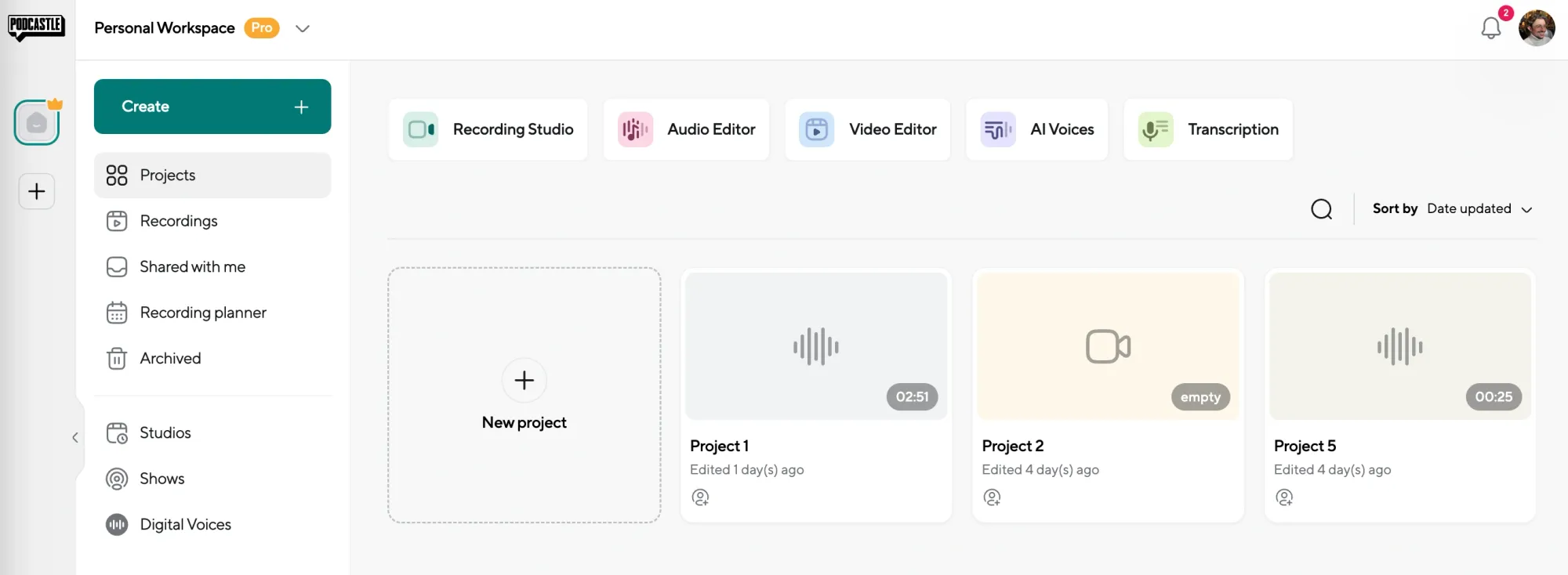
Start by recording your content. This could be done directly in Podcastle by recording high-definition audio and up to 4K video using just your laptop or the Podcastle iOS app. But if you already have clips recorded, you can upload them to Podcastle directly, and you’re ready to start editing.
2) Edit with ease
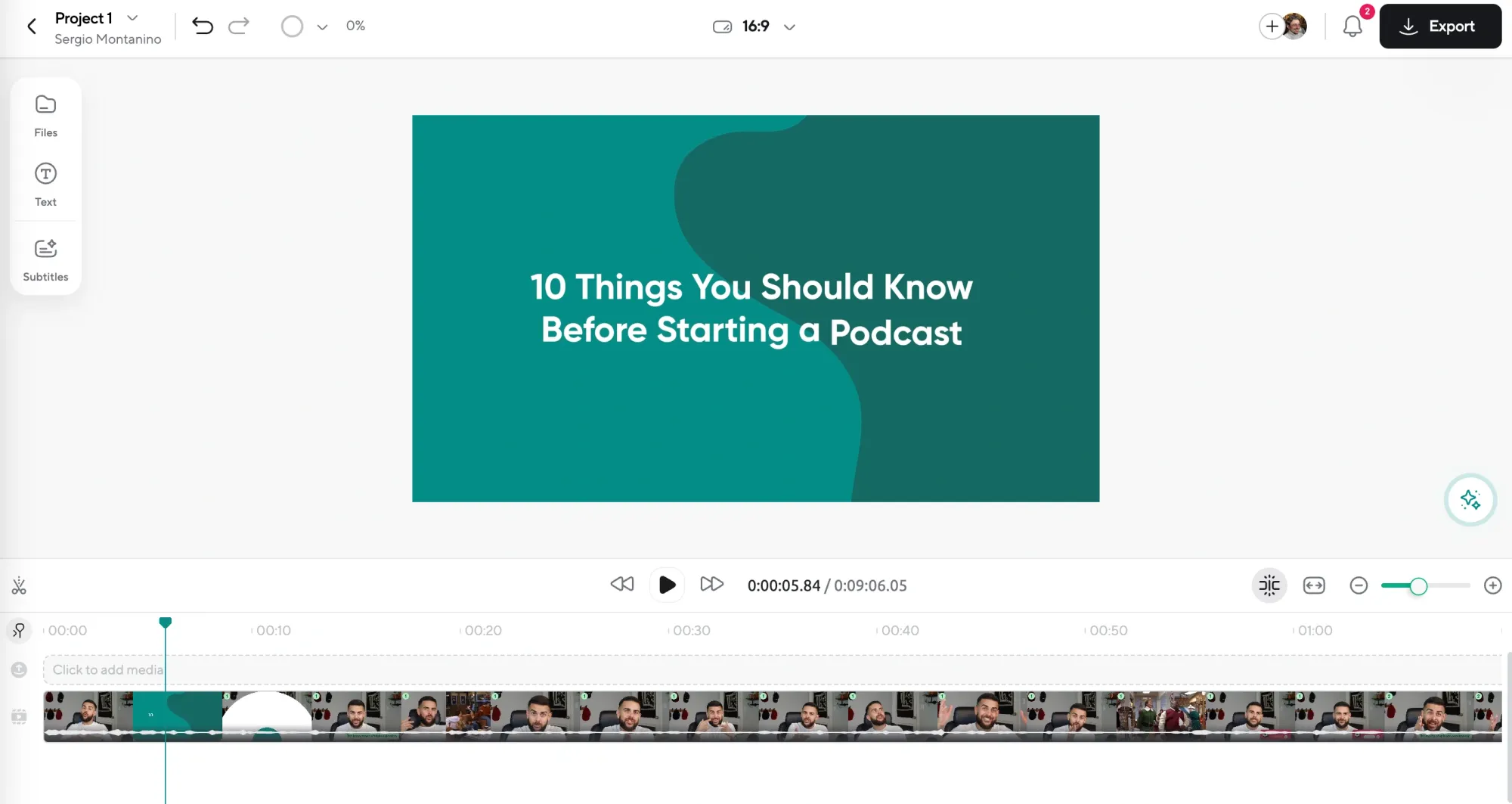
Once your footage is ready, it’s time to fine-tune. Podcastle’s drag-and-drop editor makes trimming, rearranging, and enhancing your clips straightforward. Add text overlays to highlight key features, incorporate royalty-free music for a more engaging tone, or remove any awkward pauses.
Want to show a product in action? Use Podcastle to layer in split-screen views or add dynamic transitions for a professional touch that resonates with viewers.
3) Elevate with AI-powered features
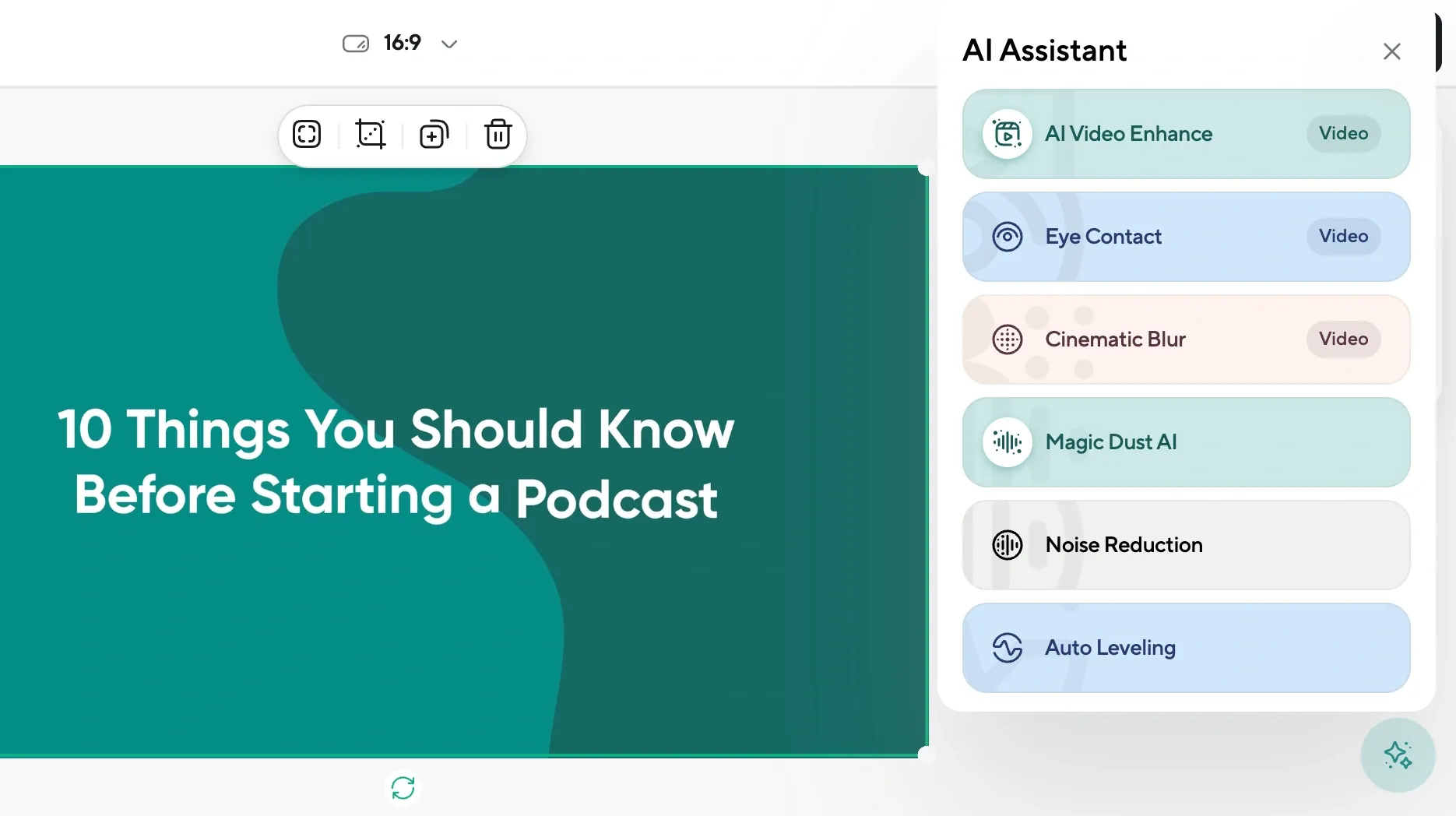
This is where Podcastle shines. Use tools like:
- AI Video Enhancer to instantly improve lighting and video quality.
- Magic Dust to clean up audio, ensuring your voice is clear and compelling.
- Background Noise Remover to keep your focus entirely on the product or topic at hand.
These features are intuitive, saving you from hours of tweaking while delivering results that stand out.
4) Tailor for platforms
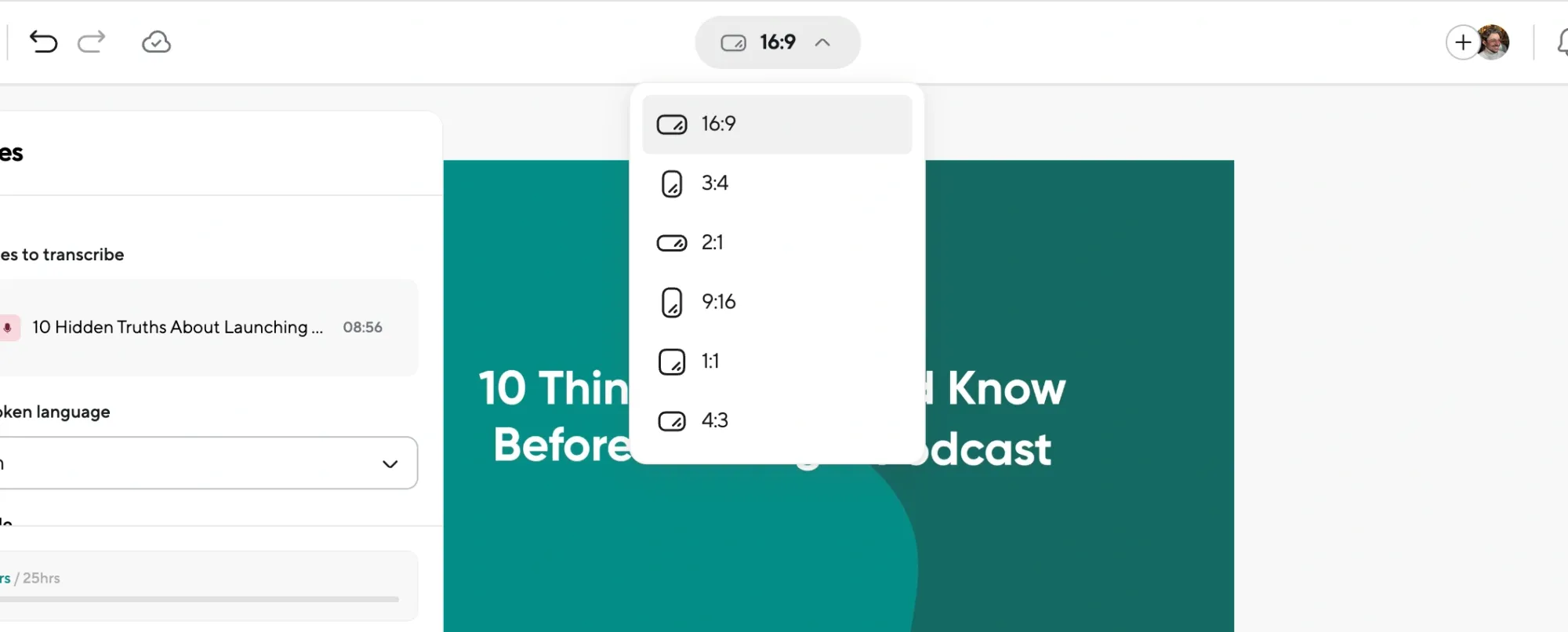
UGC often needs to fit different platforms. Podcastle lets you quickly resize your content to meet specific requirements, whether it’s Instagram Stories, TikTok, or YouTube Shorts. Just a few clicks, and your video is perfectly formatted.
5) Export and Share
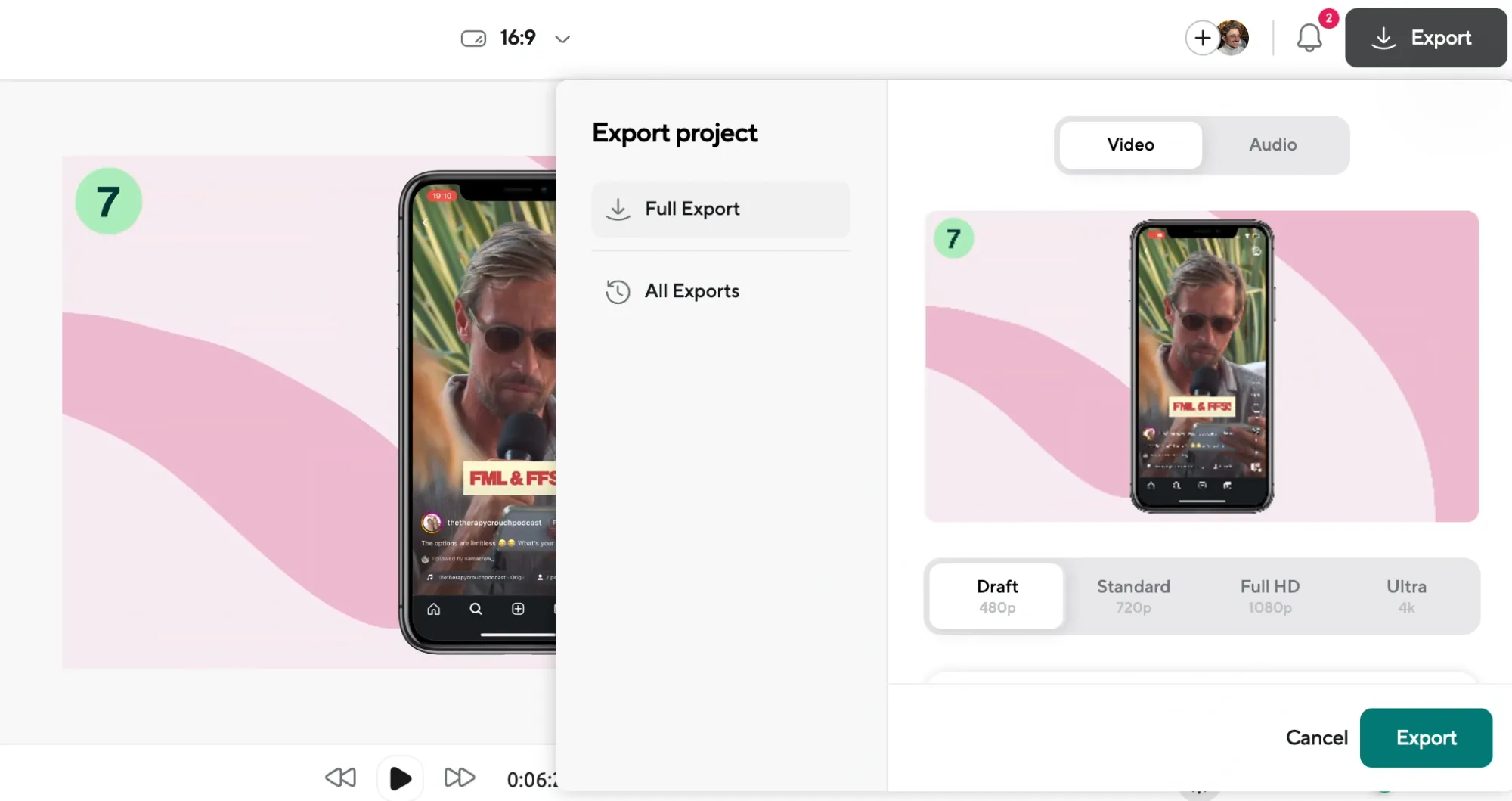
Once your masterpiece is complete, export it in the resolution and format your client or platform requires. If you’re creating content directly for a brand, Podcastle ensures your video is polished and professional—ready to be shared without additional adjustments.
Types of UGC that work best for personal profiles
When you’re trying to enhance your personal brand with UGC, it’s essential to choose the right type of content that will resonate with your audience while still feeling natural.
Here are some examples of UGC that work wonders for personal profiles:
1) Testimonials and reviews
Encourage your followers to share their experiences with your content, products, or services. If you're a lifestyle creator, for instance, you could ask your audience to share how they incorporate your tips into their daily routine. These testimonials serve as social proof that what you’re sharing actually adds value to their lives, but it doesn’t feel forced because it’s their voice, not yours.
2) User-generated challenges
If you’re active on platforms like TikTok or Instagram, creating a challenge is a fantastic way to engage your followers. Ask them to recreate a trend you’ve started or to showcase their own version of your content. As a UGC content creator, you can even reward the best submissions with a feature or shoutout on your profile. This kind of UGC gets your followers involved and lets them be a part of your journey, all while keeping things fun and interactive.
3) Behind-the-scenes moments
Share photos or short videos from your followers that show them interacting with your content, whether they’re recreating your recipes, trying out your workout routine, or testing a product you recommended. Not only does this give your audience a sense of ownership in your brand, but it also provides fresh content for your feed that doesn't feel like a direct marketing push.
4) Fan art and creative submissions
For creators in artistic niches (e.g., music, fashion, or visual art), UGC can be especially effective. When followers or fans create artwork inspired by your content, it feels like a personal tribute. Sharing this kind of UGC not only appreciates your community but also highlights their creativity, keeping your content exciting and diverse.
How to Keep UGC Natural and Avoid Feeling Commercial
Now, it’s easy to worry that UGC might start to feel like a sales pitch, especially if you're sharing user-submitted content. The trick is to keep things casual, conversational, and focused on the value rather than the promotion. Here’s how to keep it fresh:
- Don’t over-use hashtags or taglines: Instead of overloading the post with product tags or promotional language, focus on the story behind the content. What’s the real takeaway? Let your audience enjoy the experience without feeling like they're being sold to.
- Encourage organic sharing: Rather than directly asking for UGC all the time, encourage your audience to naturally share their experiences. You could prompt them with questions or callouts in your stories to help spark engagement.
- Feature UGC periodically: You don’t want to rely on UGC for every post. Instead, feature it periodically and mix it with your own content to maintain a balance. This ensures that your feed remains personal and true to your voice.
Why is UGC content on the rise?
There’s a reason you’re seeing more brands leaning into UGC. It’s not just a trend—it’s how people connect with each other and with brands these days. Let’s break it down.
1) We all crave authenticity
Let’s face it: we’re all a little over those glossy ads with perfectly curated moments that feel more like a dream than reality. UGC steps in to offer something different—genuine stories from everyday people.
Think about it. When you see someone post about how much they love a product, it’s way more convincing than a company shouting about how great they are. You trust real people. It’s why 79% of people say UGC influences their buying decisions more than traditional ads.
2) We trust what others say
Ever read a review before buying something or watched an unboxing video on YouTube? That’s UGC in action. When we see others using or loving a product, it makes us feel more confident about trying it ourselves.
It’s called social proof, and it’s incredibly powerful. Brands know this, which is why they encourage happy customers to share their experiences. Seeing is believing, and nothing proves a product’s value like someone else showing it off in real life.
3) It’s easier than ever to create content
Let’s be honest—these days, anyone with a smartphone can be a content creator. With platforms like TikTok, Instagram, and YouTube making it so simple to film, edit, and share, we’re all a little more creative than we used to be.
This accessibility is a game-changer for brands. They don’t have to pour huge amounts of money into creating content when their customers are already doing it for them. And the best part? It’s way more relatable than a fancy ad.
4) TikTok and Reels are changing the game
Short-form videos have taken over, and platforms like TikTok, Instagram Reels, and YouTube Shorts are the epicenter of it all. These are spaces where UGC thrives—quick, fun, and full of personality.
Whether it’s a viral dance challenge or a candid review of a product, these videos feel authentic and in-the-moment. Brands that embrace UGC on these platforms aren’t just marketing—they’re joining the conversation.
5) It’s a budget-friendly win for brands
Here’s the thing: traditional ads are expensive. Between hiring production teams, actors, and paying for airtime, it adds up fast. UGC, on the other hand, is a goldmine for brands that want results without spending a fortune.
When a customer posts about a product they genuinely love, it costs the brand nothing—and the impact is huge. It’s authentic, trustworthy, and costs a fraction of what a traditional campaign would.
6) It brings people together
One of the best things about UGC is how it builds a sense of community. When a brand shares content with its customers, it creates a connection. People feel seen, valued, and like they’re part of something bigger.
Take Starbucks’ #RedCupContest, for example. By inviting people to share their festive cup designs, they’re not just selling coffee—they’re creating a tradition and making their customers feel like they’re part of the brand’s story.
The power of UGC
When you use UGC strategically, it can transform the way you connect with your audience. By showcasing real experiences and celebrating your community, you build trust, increase engagement, and add a fresh layer of authenticity to your profile. Plus, it’s a great way to keep things interesting and varied, offering your followers a break from your own content while still staying true to your brand.
So next time you think about adding UGC into your content strategy, remember—it’s not just about creating a promotional post. It’s about letting your followers take center stage and creating a more personal, real connection that resonates. The result? A community-driven profile that doesn’t feel commercial, but rather, feels like a place where people can truly connect.
And don’t forget, anytime you need a quick and easy-to-use UGC creation platform, Podcastle's Video Editor has your back!






